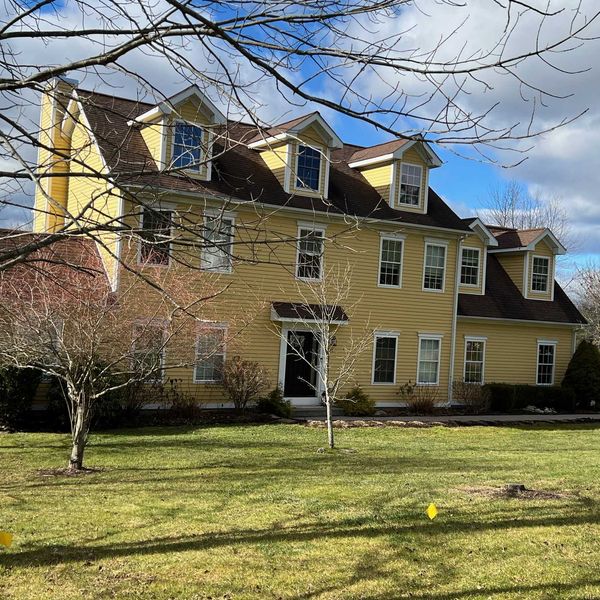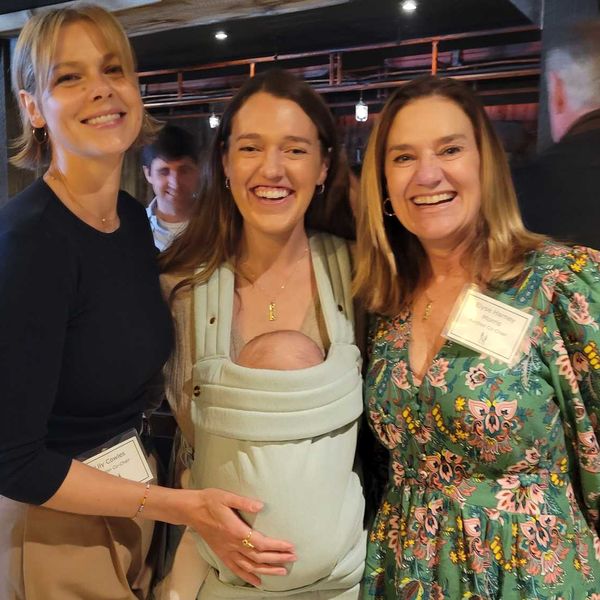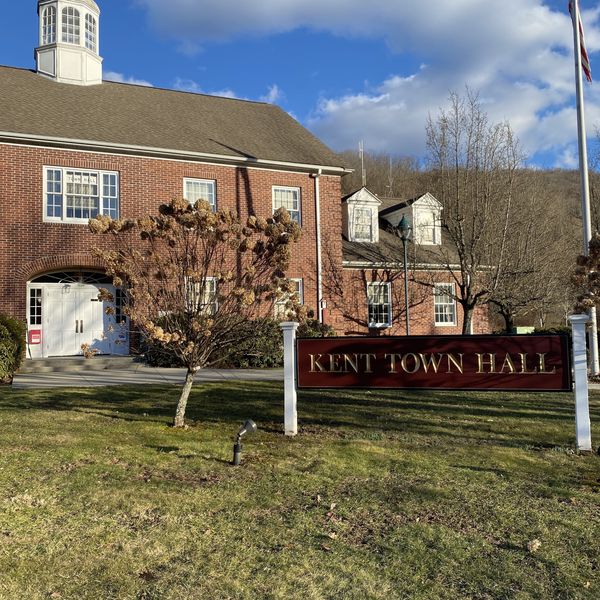Salisbury info session airs affordable housing plan
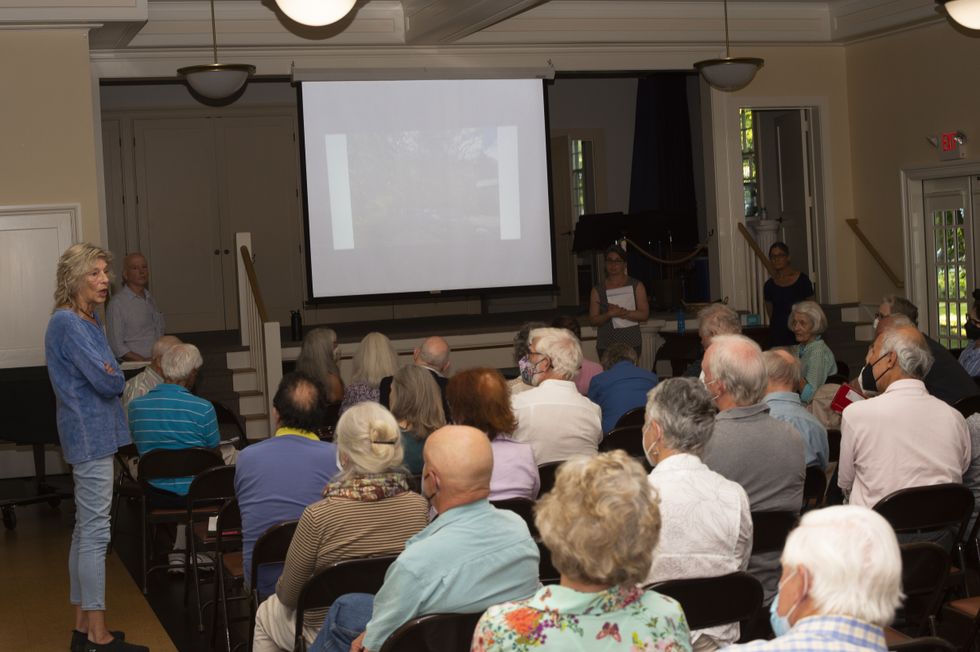
Sally Spillane, who lives next to the proposed affordable housing complex, spoke at the Salisbury Housing Committee’s session on Thursday, June 30, suggesting the need for an advisory board.
Photo by John Coston






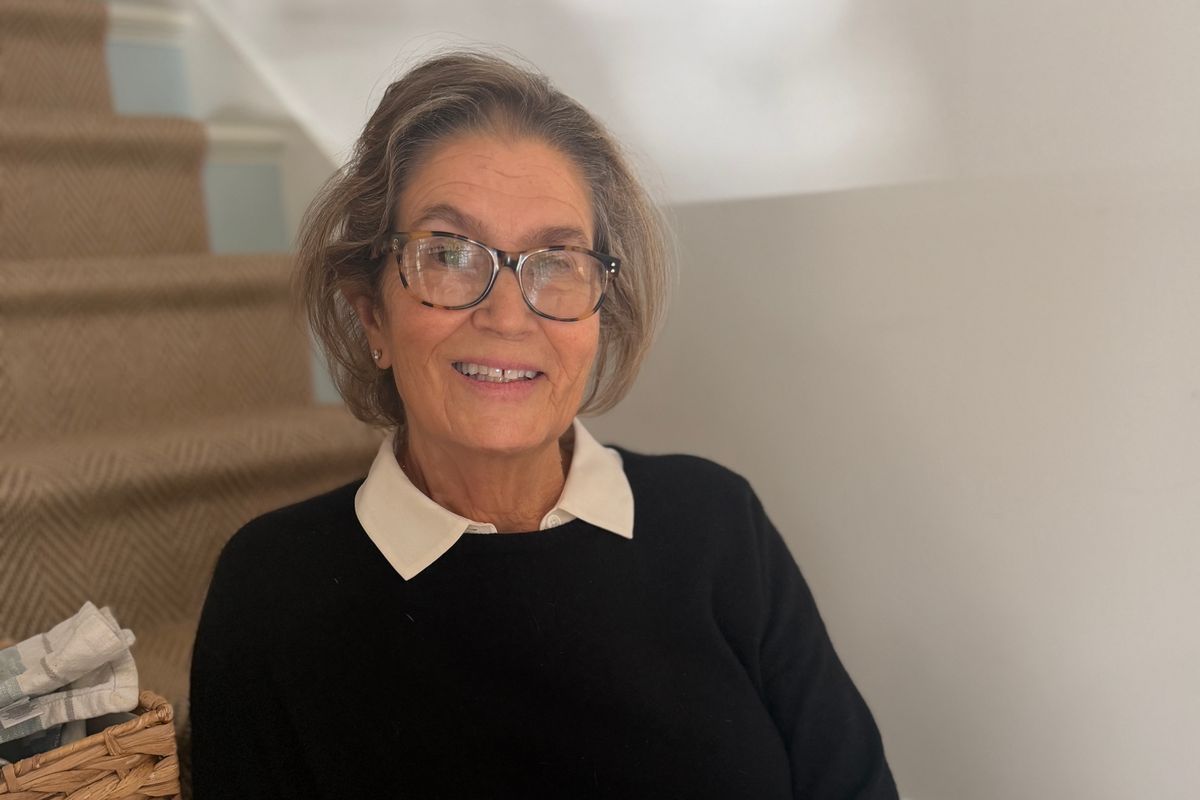
 Cover of “Les Flashs d’Anne”Jennifer Almquist
Cover of “Les Flashs d’Anne”Jennifer Almquist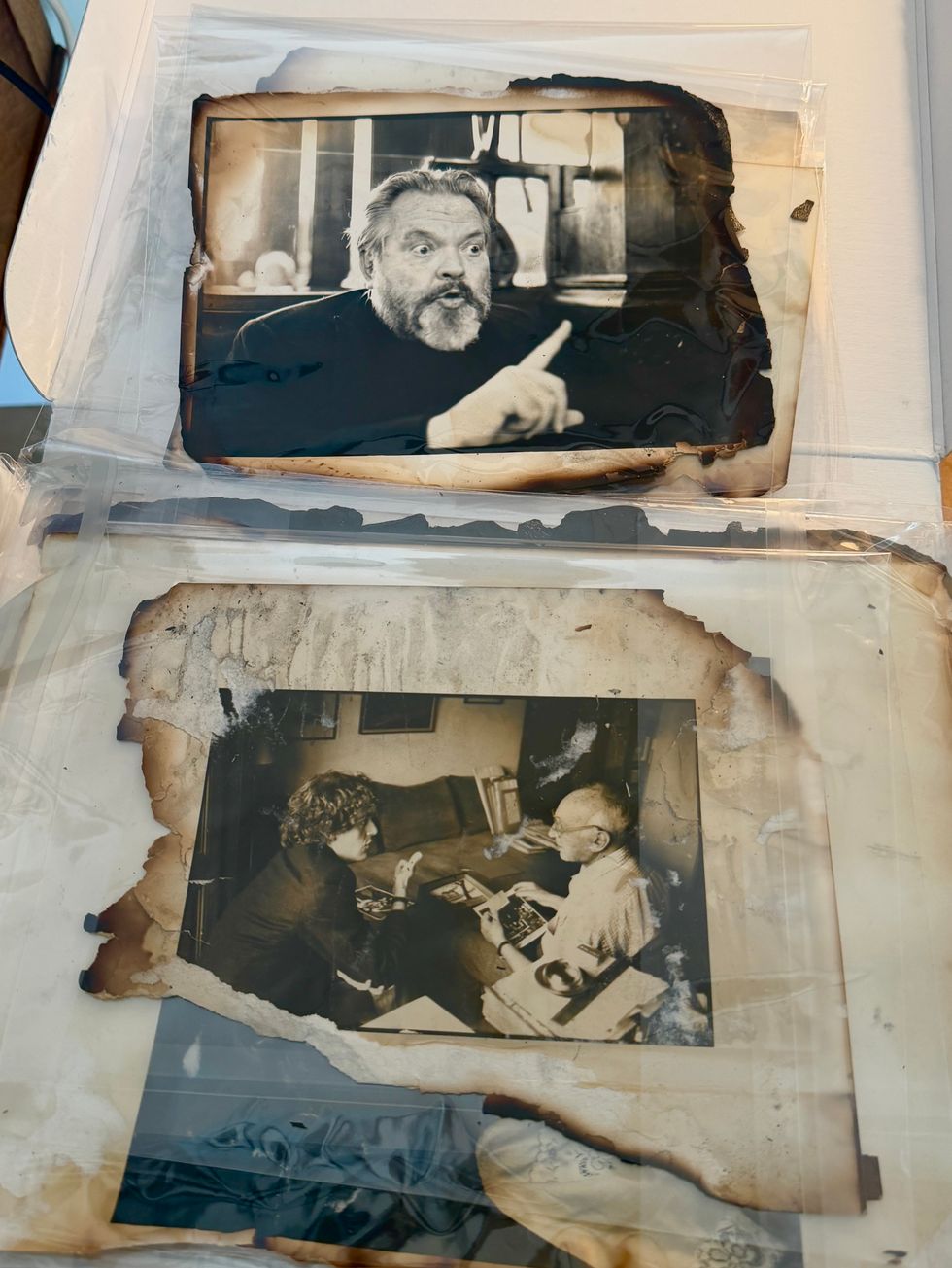 Orson Welles, top, and Hervé Guibert and André Kertész by Anne DayJennifer Almquist
Orson Welles, top, and Hervé Guibert and André Kertész by Anne DayJennifer Almquist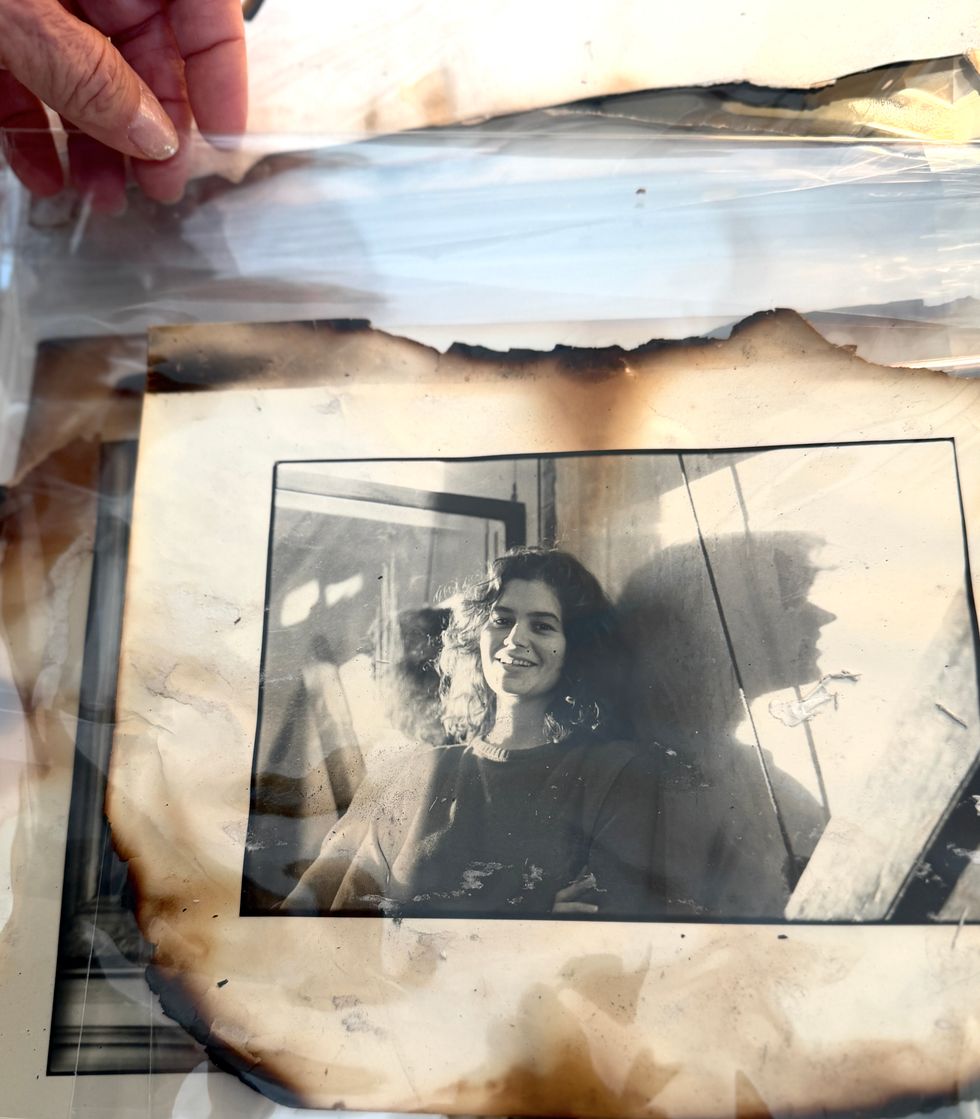 Self-portrait, New York City, 1981by Anne DayJennifer Almquist
Self-portrait, New York City, 1981by Anne DayJennifer Almquist

